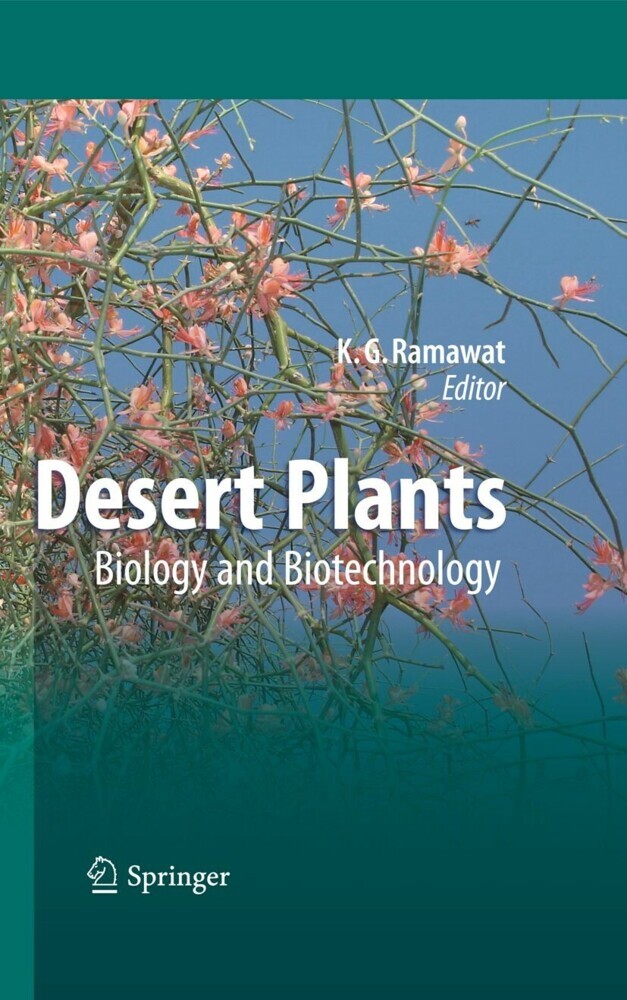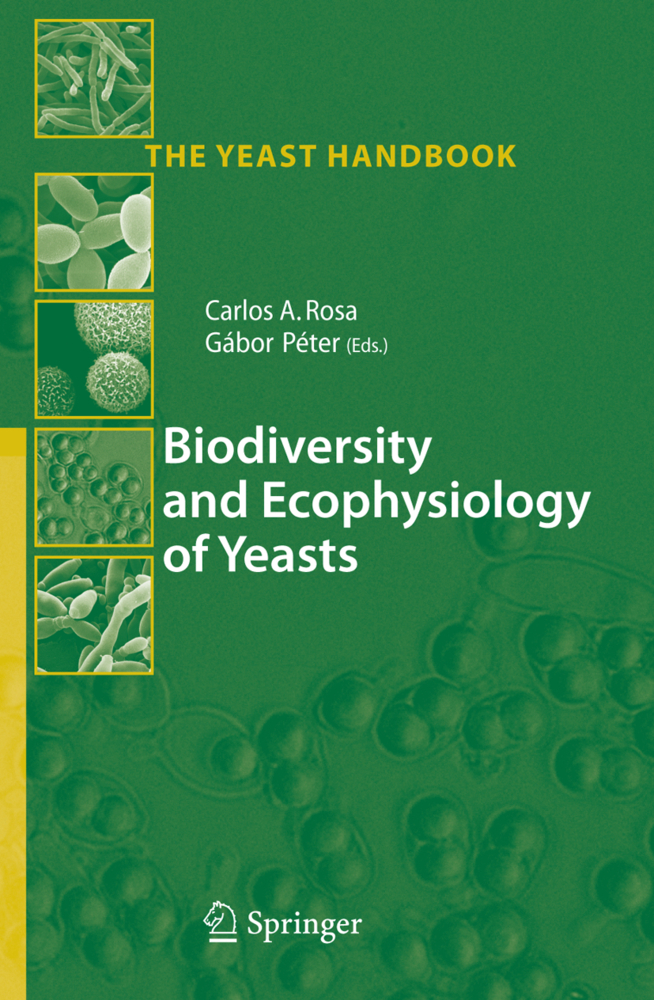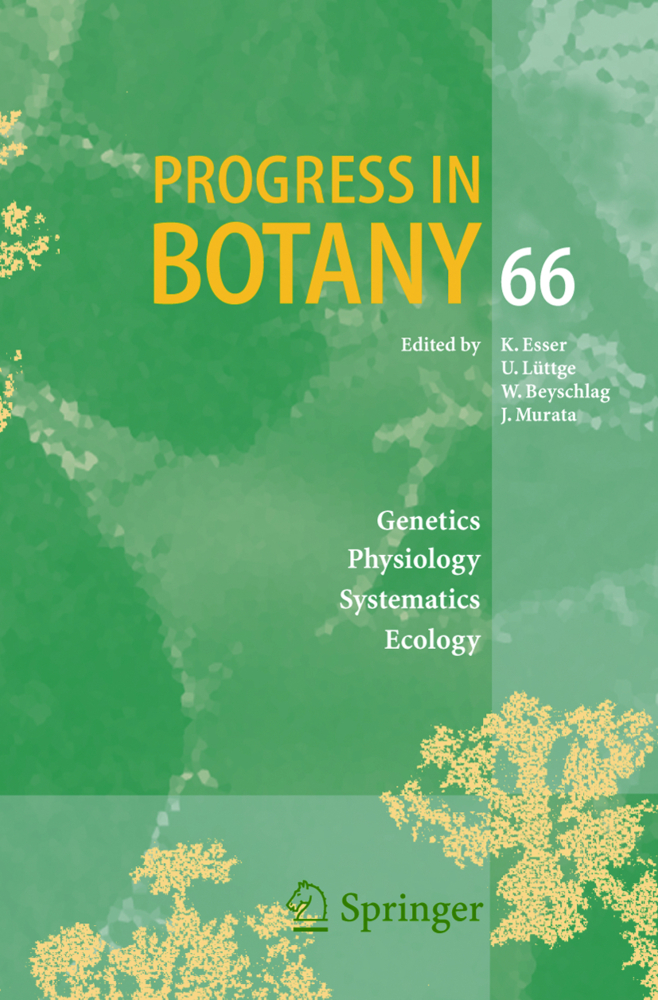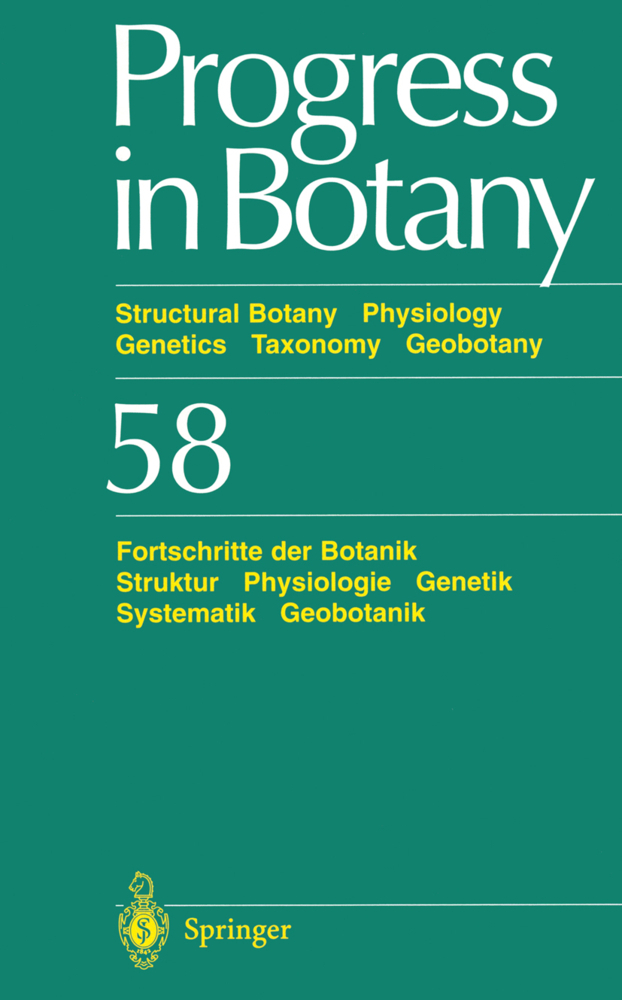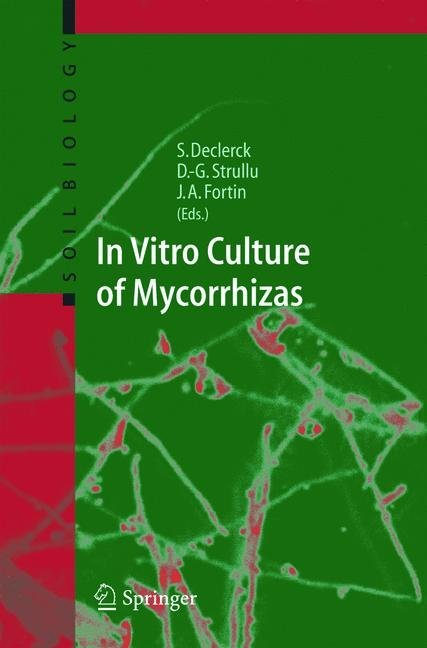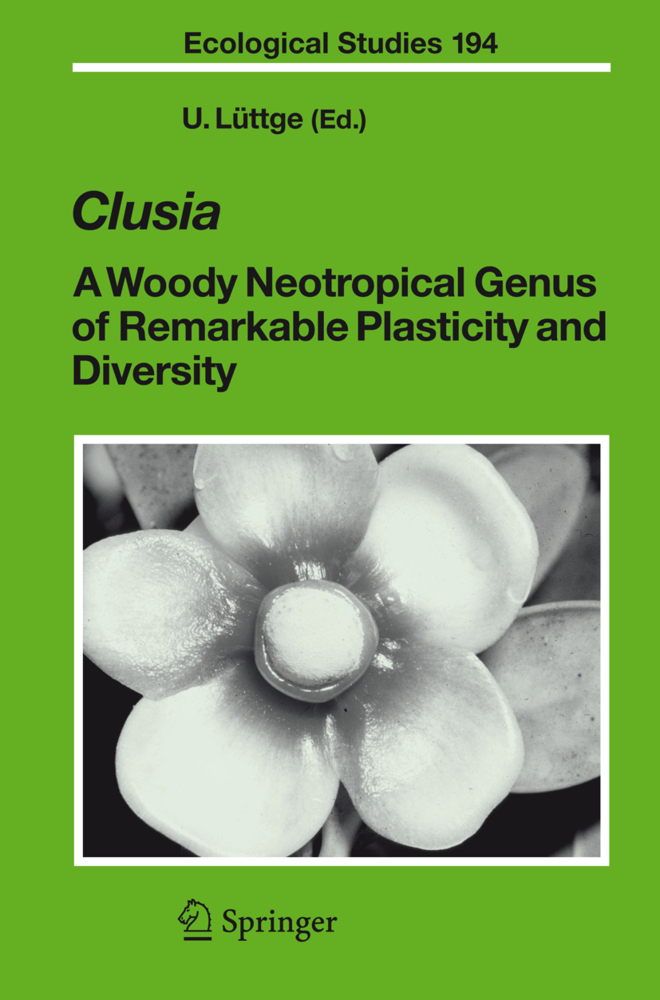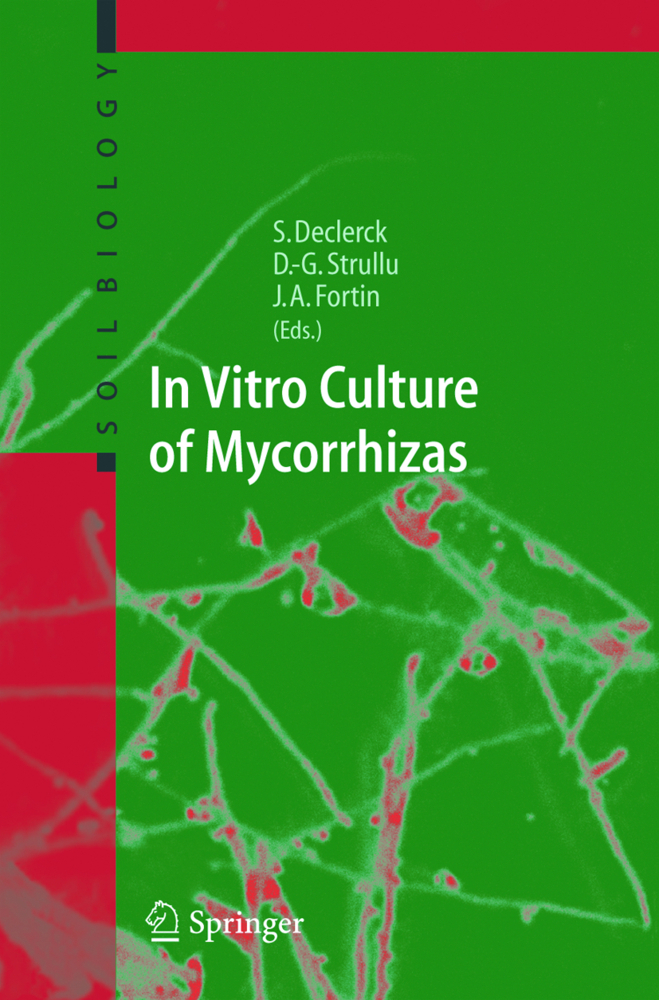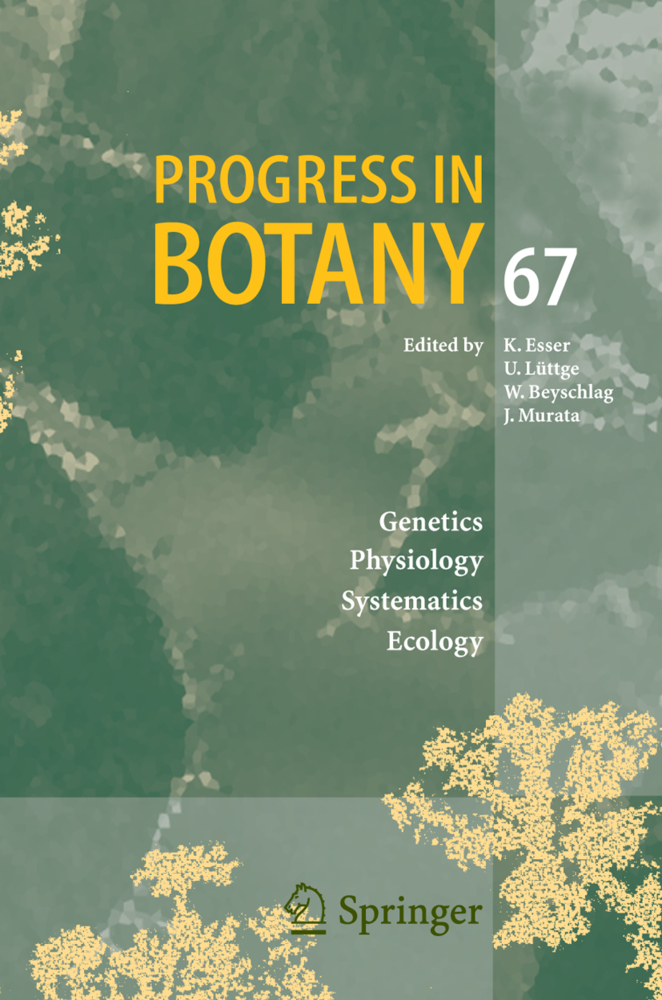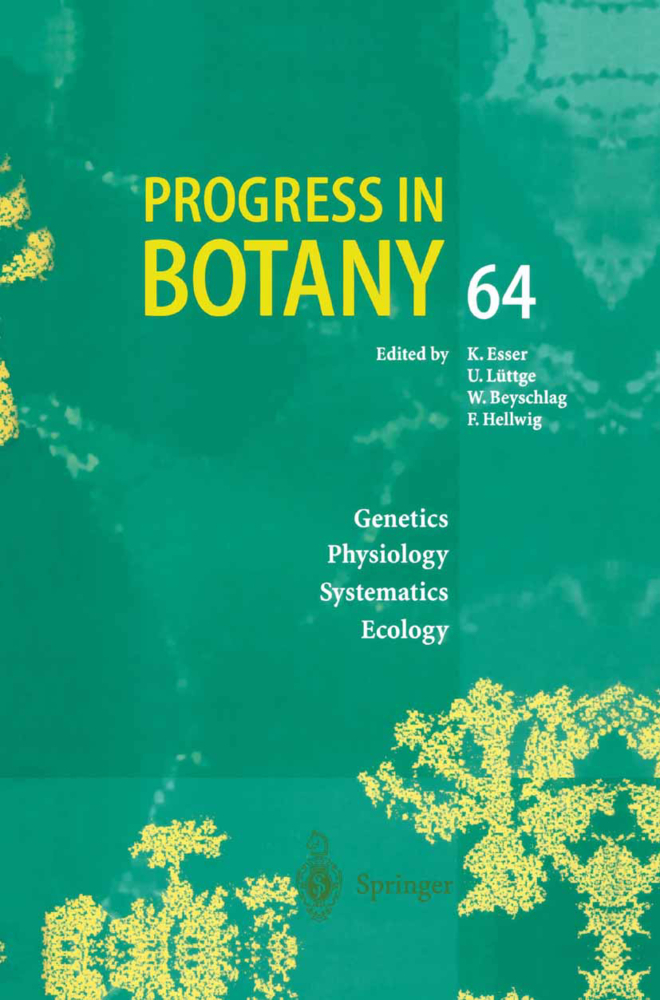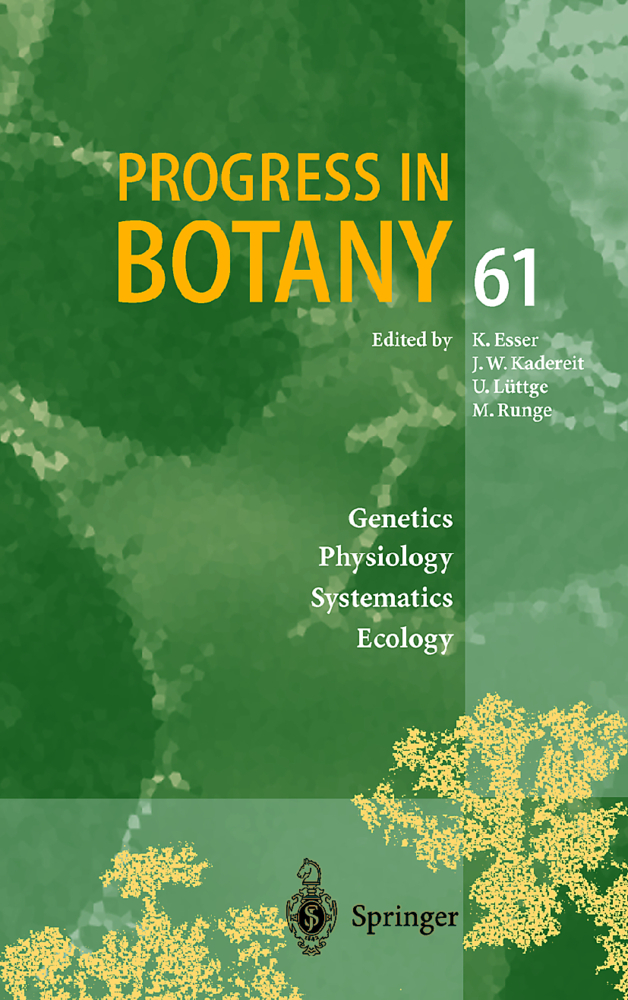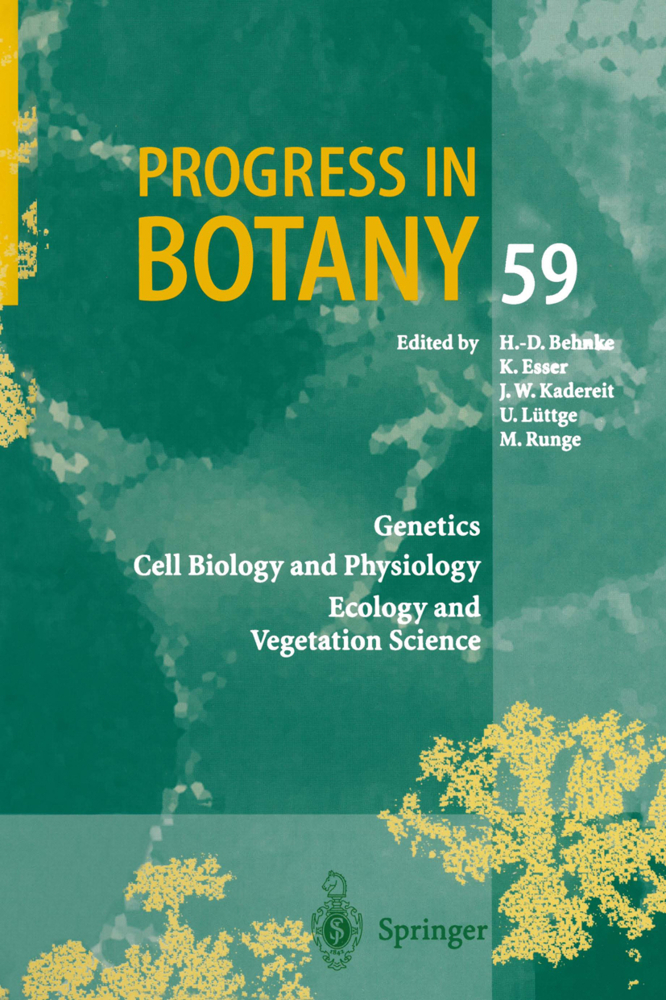Vast areas of Earth's landmass exist as deserts, representing quite distinct ecosystems. Desert plants and animals have evolved specialised survival strategies to cope with the harsh environment of high temperatures and scarce water resources. The life-supporting vegetation of deserts is characterised by its unique reproductive biology, metabolism and adaptive characters. Plants like Prosopis cineraria and date palm form the basis of the rural economy in many countries, and are of great cultural importance; Jojoba and Jatropha have attracted interest as non-conventional sources of industrial oil and biodiesel. This book includes chapters on the seed biology, reproduction, mycorrhizae, stress physiology, and metabolism of desert plants, and describes current biotechnological approaches to their cultivation. It will be useful to researchers, teachers and students in the fields of plant sciences, agriculture, and forestry, and those involved in the management and conservation of desert ecosystems.
1;186229_1_En_BookFrontmatter_OnlinePDF;12;186229_1_En_Part1_Chapter_OnlinePDF;202.1;Part A: General Biology;203;186229_1_En_1_Chapter_OnlinePDF;213.1;Chapter 1: Biodiversity, Biology and Conservation of Medicinal Plants of the Thar Desert;213.1.1;Introduction;213.1.2;Deserts of the World;223.1.2.1;The Thar Desert;223.1.2.2;Climate;233.1.2.3;Topographical Features;233.1.2.4;Phytogeography;233.1.3;Ethnobotanical Studies;243.1.4;Biology of Desert Plants;243.1.5;Medicinal and Biological Activities;253.1.6;Methods of Propagation;343.1.7;Biotechnological Approaches;373.1.8;Conclusions;413.1.9;References;414;186229_1_En_2_Chapter_OnlinePDF;554.1;Chapter 2: Potentiality of Hydrocarbon Yielding Plants for Future Energy and Chemicals;554.1.1;Introduction;554.1.2;Screening and Processing of Biomass for Bio-Crude;574.1.3;Extraction and Characterisation of Plant Extracts;604.1.4;Processing of Bio-Crude for Hydrocarbon;634.1.5;Current Research in India;654.1.6;The Economics of Plant Hydrocarbon Production;664.1.7;Research at NEIST Jorhat;674.1.8;Conclusion;694.1.9;References;715;186229_1_En_3_Chapter_OnlinePDF;755.1;Chapter 3: Biology and Biotechnological Advances in Jatropha curcas - a Biodiesel Plant;755.1.1;Introduction;765.1.2;Jatropha curcas - a Biodiesel Plant;765.1.2.1;J. curcas as Folk Medicine;775.1.2.2;J. curcas Seed Cake as Fertiliser;775.1.2.3;Other Uses of J. curcas;785.1.2.4;Toxicity of J. curcas;785.1.3;Genetic Diversity and Phylogenetics of Jatropha Species;785.1.3.1;Intraspecific Genetic Diversity in J. curcas;805.1.3.2;Markers for Toxic and Non-Toxic Varieties of J. curcas;825.1.4;Tissue Culture and Genetic Transformation;825.1.4.1;In Vitro Micropropagation of Jatropha;835.1.4.2;Genetic Transformation Studies;835.1.5;Conclusions and Prospects;855.1.6;References;856;186229_1_En_4_Chapter_OnlinePDF;906.1;Chapter 4: Biology of Annual Plants in Arid and Semi-Arid Desert Regions of China;906.1.1;Introduction;906.1.2;Species Diversity and Distribution Characteristics;916.1.2.1;Annual Plants in the Alashan Desert of Inner Mongolia;926.1.2.2;Ephemeral Plants in the Gurbanturggut Desert of Xingjiang;926.1.3;Seed Germination Traits and Strategies;936.1.3.1;Seed Germination Traits and Process;936.1.3.2;Seed Germination Strategies and Adaptability to Different Environments;956.1.4;Soil Seed Bank and its Relationship to Vegetation;976.1.4.1;Study Status of Soil Seed Banks in Deserts;976.1.4.2;Proportion of Annual Species in Soil Seed Banks;986.1.4.3;Temporal and Spatial Patterns of Soil Seed Banks;996.1.4.4;Relationship of Soil Seed Banks to Aboveground Vegetation;1016.1.5;Population Competition and Environmental Effects;1016.1.6;Effects of Animals on Annual Species;1026.1.7;Conclusion;1026.1.8;References;1037;186229_1_En_5_Chapter_OnlinePDF;1077.1;Chapter 5: Soil Biology in Traditional Agroforestry Systems of the Indian Desert;1077.1.1;Introduction;1087.1.2;Agroforestry in Western Rajasthan;1087.1.2.1;Desert Soils;1097.1.3;Soil Fertility;1107.1.4;Nature of the Organic Matter;1127.1.5;Litter Decomposition;1147.1.6;Microorganisms;1177.1.7;Soil Enzymes;1207.1.8;Microcosm Experiment Drying and Wetting;1207.1.9;References;1298;186229_1_En_6_Chapter_OnlinePDF;1378.1;Chapter 6: Aspects of Mycorrhizae in Desert Plants;1378.1.1; Introduction;1378.1.1.1; Deserts;1378.1.1.2; Mycorrhizae;1388.1.1.3; Mycorrhizal Fungi;1388.1.1.4; Taxonomy of Desert Mycorrhizal Fungi;1398.1.1.5; Initiation of Arbuscular Mycorrhizal Symbioses;1408.1.2; Economics, Agriculture, and Mycorrhizae in the Desert;1408.1.2.1; Disease Resistance;1418.1.2.2; Endemic Mycorrhizal Plants as Food;1418.1.3; Water;1418.1.4; Ecological Considerations;1428.1.4.1; Succession;1428.1.4.2; Physiognomy and Mycorrhizae;1428.1.4.3; Seedling Establishment;1438.1.4.4; Phenology;1438.1.4.5; Salinity;1448.1.5; Mycorrhizal Helper Bacteria;1448.1.5.1; Ectomycorrhizal Associated Bacteria;1458.1.6; Gloma
Ramawat, Kishan Gopal
| ISBN | 9783642025501 |
|---|---|
| Artikelnummer | 9783642025501 |
| Medientyp | E-Book - PDF |
| Auflage | 2. Aufl. |
| Copyrightjahr | 2009 |
| Verlag | Springer-Verlag |
| Umfang | 503 Seiten |
| Sprache | Englisch |
| Kopierschutz | Digitales Wasserzeichen |

